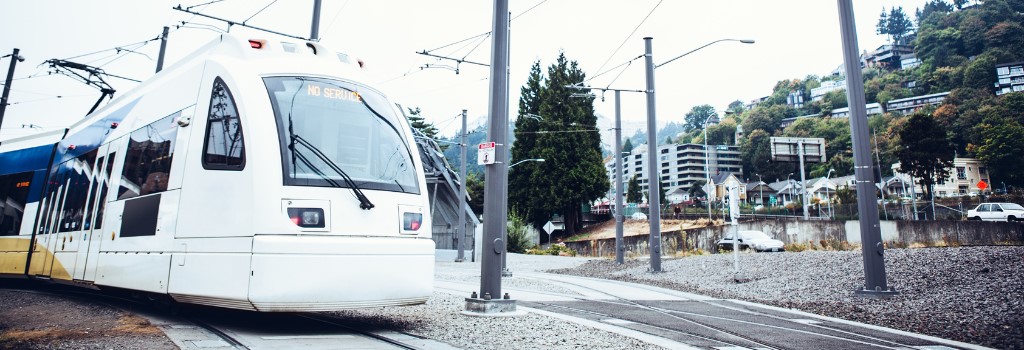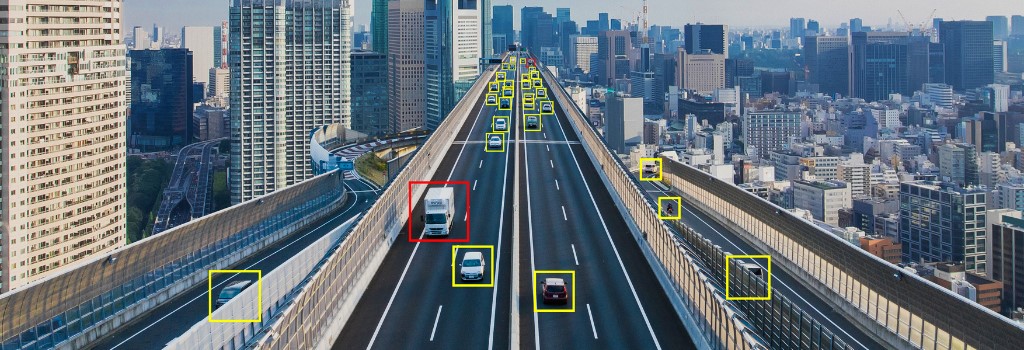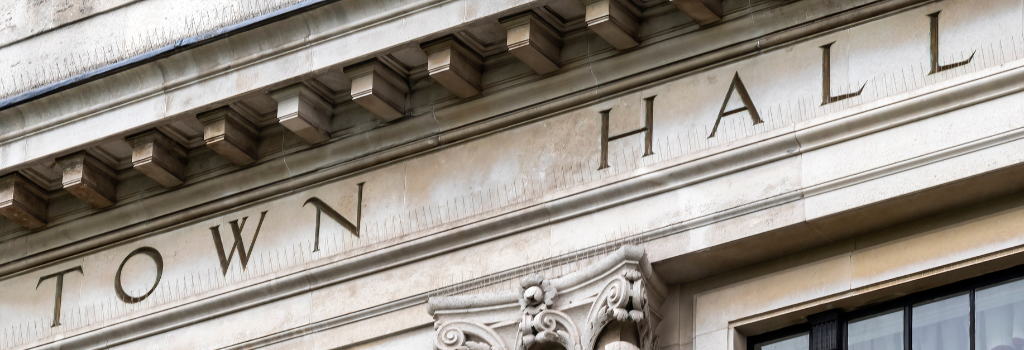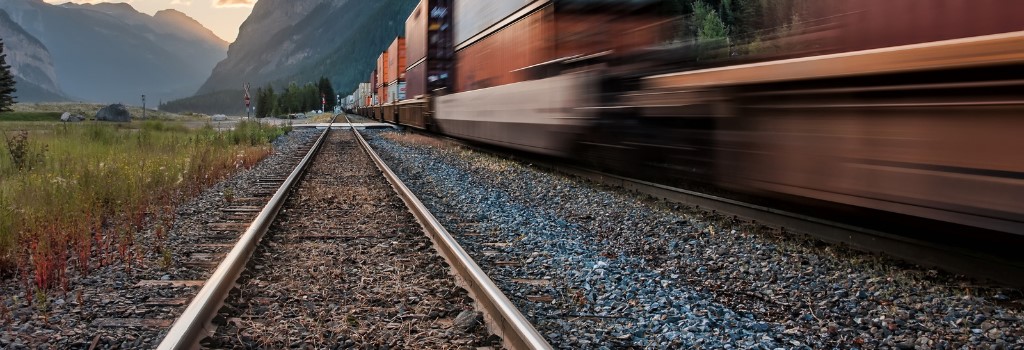- Category: Edge AI
We will be reviewing a machine vision system for light rail collision avoidance. This solution allows a light rail to avoid unexpected obstacles down the rail and reduce the chances of a collision. It uses an onboard industrial-grade edge AI appliance EAI-I130 provided by Lanner, capable of running MV models onboard. This appliance brings machine vision capabilities as close as possible to the light rail, allowing data captured by sensors to be processed right on-site.
Read more: Machine Vision for Light Rail Collision Avoidance
- Category: Edge AI
Continuous surging growth in urban populations creates a demand for urban mobility, a greater demand for faster traffic flow, improved public safety, and more innovative transportation. A good urban traffic management network will not only improve traffic safety and boost local economies, but it will also improve public health and protect the environment.
Read more: Enhancing Urban Traffic Management with Rugged Edge AI Roadside Unit
- Category: Network Computing
In the wake of the COVID-19 pandemic, many industries have faced the challenge of adapting to hybrid work environments, including sectors that rely heavily on data-intensive operations. Among these, the video game development industry stands out due to its need for handling large, latency-sensitive files and its requirements for high bandwidth.
- Category: Network Computing
In today's rapidly evolving cybersecurity landscape, enterprises require advanced network security solutions that can provide comprehensive protection across their network infrastructure. Extended Detection and Response (XDR) is a comprehensive cybersecurity approach that expands upon traditional detection and response capabilities to provide enhanced protection against advanced threats across multiple attack vectors.
- Category: SD-WAN
It's been proven a fact that many IT personnels at government agencies are working and dealing with infrastructure inadequacies found in legacy networks.
- Category: Intelligent Systems
Domain-specific Large Vision Models (LVMs) represent a critical innovation in artificial intelligence, providing tailored solutions to meet the distinct needs of various industries. Utilizing deep learning to process and interpret extensive visual data, these models offer insights that can significantly enhance operations, decision-making, and unlock new possibilities. Focused on specific fields like healthcare or manufacturing, LVMs surpass general-purpose models by learning from large, specific datasets, detecting complex visual patterns that broader models may miss.
Read more: Building Edge AI Appliances Tailored for Domain-Specific Large Vision Models
- Category: Transportation
Rail Obstacle Detection refers to the process of alerting railway operators about obstacles or obstructions present on the railway tracks. These obstacles can range from debris and fallen branches to unauthorized vehicles or individuals trespassing on the tracks.
Read more: Real-Time Obstacle Detection Over Railway Track with In-Train Edge AI Appliance












